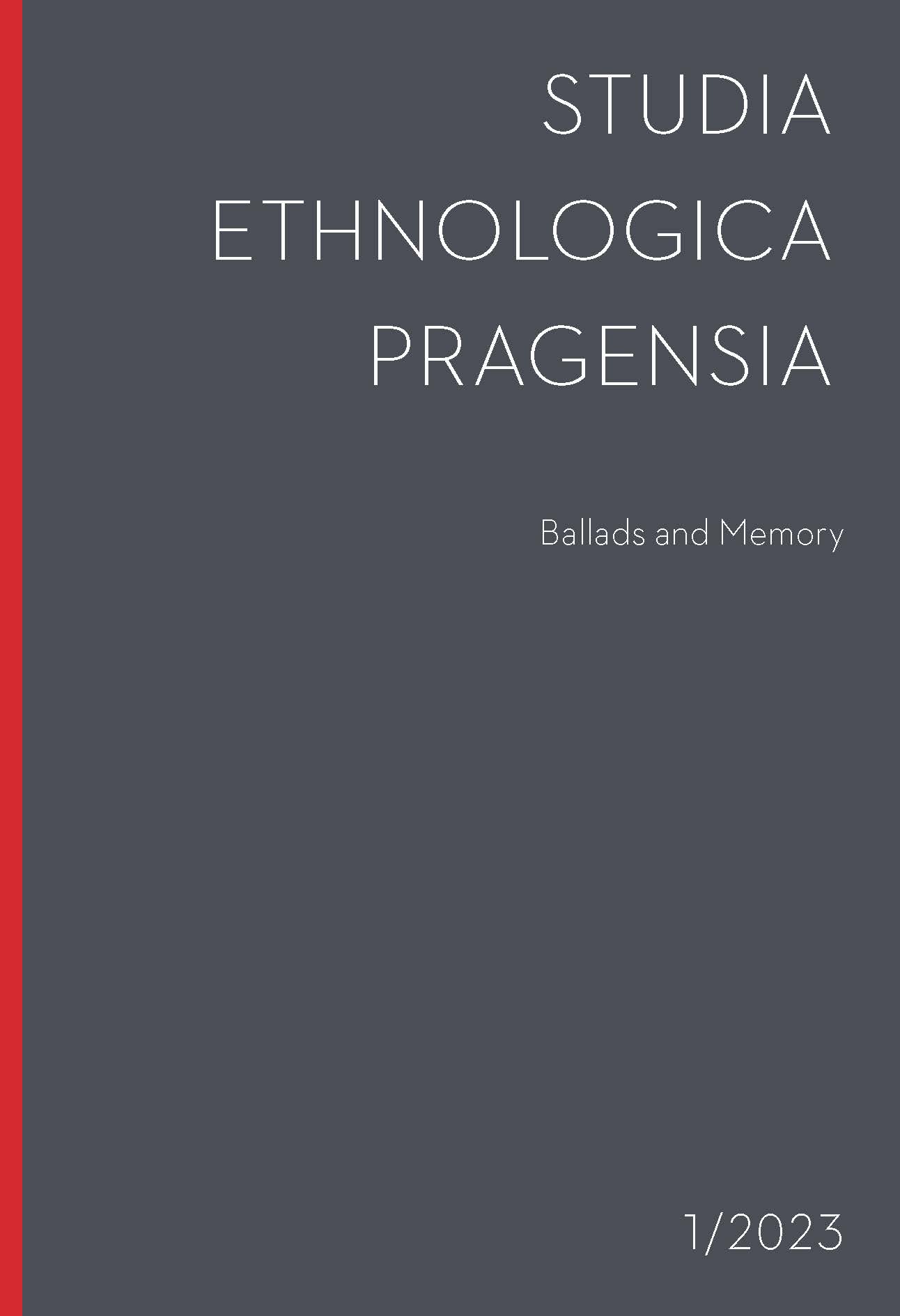Arbëresh Songs on Scanderbeg as an Expression of Collective Memory, Longing, and Belonging
Arbëresh Songs on Scanderbeg as an Expression of Collective Memory, Longing, and Belonging
Author(s): Lumnije Kadriu, Leontina Gega-MusaSubject(s): History, Cultural history, Ethnohistory
Published by: Univerzita Karlova v Praze - Filozofická fakulta, Vydavatelství
Keywords: Scanderbeg; Albania; collective memory; identity; belonging
Summary/Abstract: Scanderbeg is the main constitutive figure in the collective memory of Arbereshs in particular and of Albanians in general. As such he also is the main figure in the history of Albanians that inspired many artistic and scholarly works in different disciplines including oral tradition, history, literature, ethnology, etc. The main aim of this paper, as indicated in the title, is to see how songs on Scanderbeg could be acertained as an expression of collective memory, longing, and belonging up to the present times. In order to comprehend better this process authors will give information on who was Scanderbeg, who were Arbëresh and how did they establish and maintained awareness on their distinctive cultural and ethnic identity. What was the role of Scanderbeg in this process? Beside this the role of folk songs and historical data on remembering Scanderbeg and in constructing Arbwresh/Albanian national identity will be juxstaposed. As a tool will be used three folk songs collected by Arbëresh intellectual Jeronim De Rada, which are related to two main events of Scanderbeg’s life, namely marriage and death, and these will be compared with historical data as found for same events in the Harry Hodgkinson’s historical book about Scanderbeg. This juxtaposition will be analysed in the context of Anthony D. Smith’s concept on ethno-symbolism in order to enlighten the initiation of Arbëresh/ Albanian ethnic identity. The final attempt of this paper will be to theorize on how historical facts, transformed in both oral tradition and scholar interpretations, are used in shaping collective memory-(ies) that forge identity-ies of groups in different temporal and spatial levels, i.e. local, regional, ethnic and national, in which case construction process and selectivity are quite prominent. The method used here is comparison of different literature resources (historical, literature, ethnographies) and interpreting them in different theoretical frameworks such as ethnosymbolism, collective memory and constructivis national building.
Journal: Studia Ethnologica Pragensia
- Issue Year: 2023
- Issue No: 1
- Page Range: 97-114
- Page Count: 18
- Language: English

